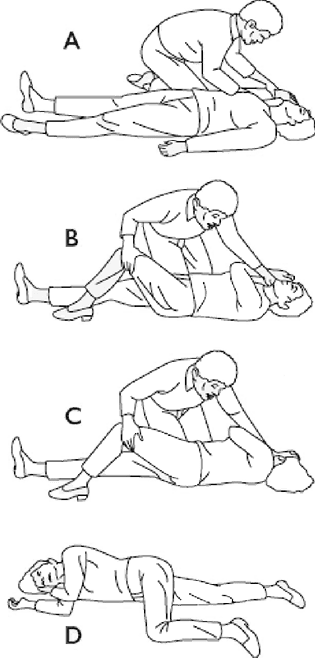There are different types of seizures. Some affect a part of the brain (focal) and others affect the whole brain (generalized). The first aid required for each seizure type is dependent on what is happening in the brain at the time of a seizure.
1. Focal Seizures (Affecting a specific part of the brain)
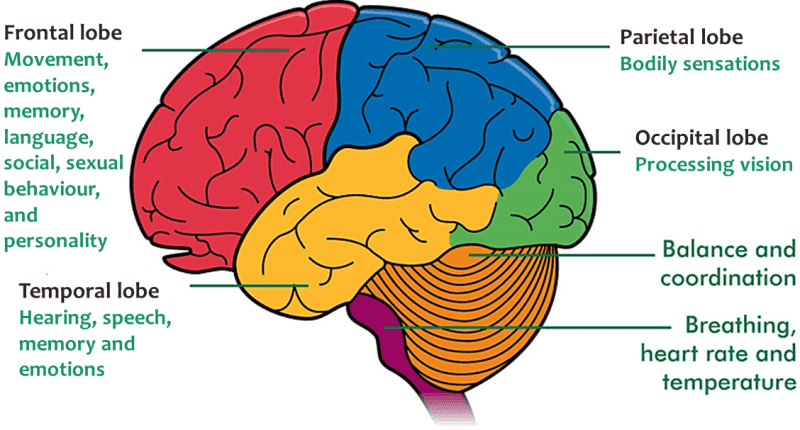
Temporal Lobes
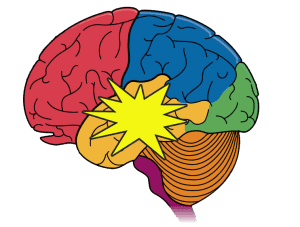 Simple focal (small part of temporal lobe)
Simple focal (small part of temporal lobe)
A person will remain conscious
-
- Hearing speech, memory and emotions can be affected
- Experience deja vu, jamais vu, hallucinations, depression
- Smell and taste changes
- Abdominal/chest discomfort, altered heart and breathing rates, sweating
Complex focal (larger part of the lobe)
A person’s consciousness is affected
-
- The person can appear confused, drunk, distracted and is unresponsive
- Behaviours can include lip smacking, chewing, swallowing, fumbling, picking, grunting, screaming, undressing, repeating a word
- Wandering off
Be prepared for a generalised seizure
Frontal Lobes
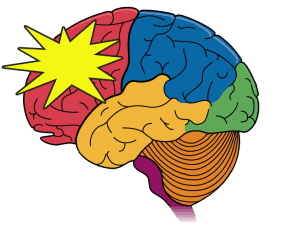 In a simple focal seizure (small part of the lobe) consciousness is not affected
In a simple focal seizure (small part of the lobe) consciousness is not affected
In a complex focal seizure (larger part of the lobe) a person’s consciousness is altered.
Unusual behaviours become apparent and can be considered emotional or psychological in origin.
Seizures can involve:
- cycling movements
- turning the head to one side
- thrashing of arms
- carrying out strange body movements
- screaming, laughing, shouting or crying
- becoming incontinent
- experiencing sexual feelings and behaviour
Be prepared for a generalised seizure
Parietal Lobes
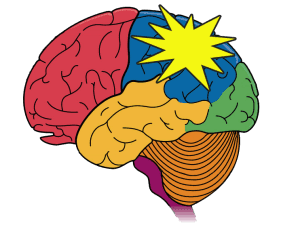 These seizures are uncommon.
These seizures are uncommon.
Typically cause sensations in the skin such as:
- Tingling, numbness or pain (rarely)
- Can be felt on one side of the body
- Sensation can spread from a finger and upwards to the whole hand and arm (Jacksonian seizures)
Be prepared for a generalised seizure
Occipital Lobes
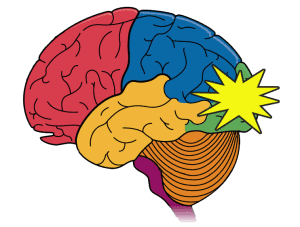 These seizures are uncommon.
These seizures are uncommon.
Can experience visual changes incl. flashes of light, colour, and patterns and even temporary blindness.
Seizures can spread to the temporal or frontal lobes
Be prepared for a generalised seizure
2. Generalised Seizures (Affecting the whole brain)
Absence, myoclonic, tonic, myoclonic, atonic, tonic clonic
These seizures affect the whole brain.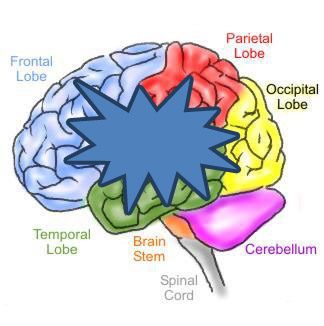
Do not try to stop the seizure. Guide the person away from danger.
Talk quietly to reassure. Confusion is common.
Absence
-
- Brief staring spells and brief loss of consciousness (3 to 20 seconds)
- No warning before seizure and immediately afterwards the person is alert.
- Eyelids may twitch, flutter or blink.
- Brief automatic mouth or hand movements.
- Can have 100, or more, absence seizures a day.
Myoclonic
-
- Jerking movements of the body or limbs
- Benign myoclonus occurs in healthy people, e.g. a ‘jumping’ sensation whilst
falling asleep.
Tonic
-
- Brief loss of consciousness
- Body will stiffen
- Breathing becomes irregular or stops
- May lead the person to fall
Atonic
-
- Brief loss of consciousness
- Muscles slacken
- Can lead to severe falls and injuries
- Recovery is quick
- Helmets are often worn to prevent facial injuries
Tonic clonic
-
- Loss of consciousness
- May cry out, stare
- Stiffening of the body and a fall
- Difficulty in breathing
- May be froth or saliva at the mouth
- Blue colour
- Convulsions
- Can become incontinent
- Gradually returns to normal
- Can become confused and sleepy
Stay calm!
Make the person safe
Cushion the head
Time the seizure
Look for ID on the person
Don’t hold down
Put nothing in the mouth.
When the seizure ends place the person in the recovery position
Stay with the person until they have fully recovered.
There is no need to call an ambulance (111) unless
The seizure lasts longer than 5 minutes
The seizure is closely followed by another
The person is pregnant or has diabetes
The person has suffered an injury
The person has swallowed water
Status epilepticus is non-stop seizuring. It is serious and requires immediate medical
attention. Phone 111 and ask for assistance.
How to put a person in the recovery position
A. Sit close to the person. Place his/her
nearest arm to you at right angles.
B. Place the furthest arm to you across
the person’s chest and next to his/her
cheek. Hold the arm in place.
Using your other hand, grab the far
leg and lift it, making sure that the
foot remains on the ground.
C. Gently roll the person onto his/her
side.
D. Adjust the position of the arms and legs to ensure that the person is in a stable position for recovery.
Make sure that you tilt the head
slightly.
Stay with the person until full
consciousness returns .

